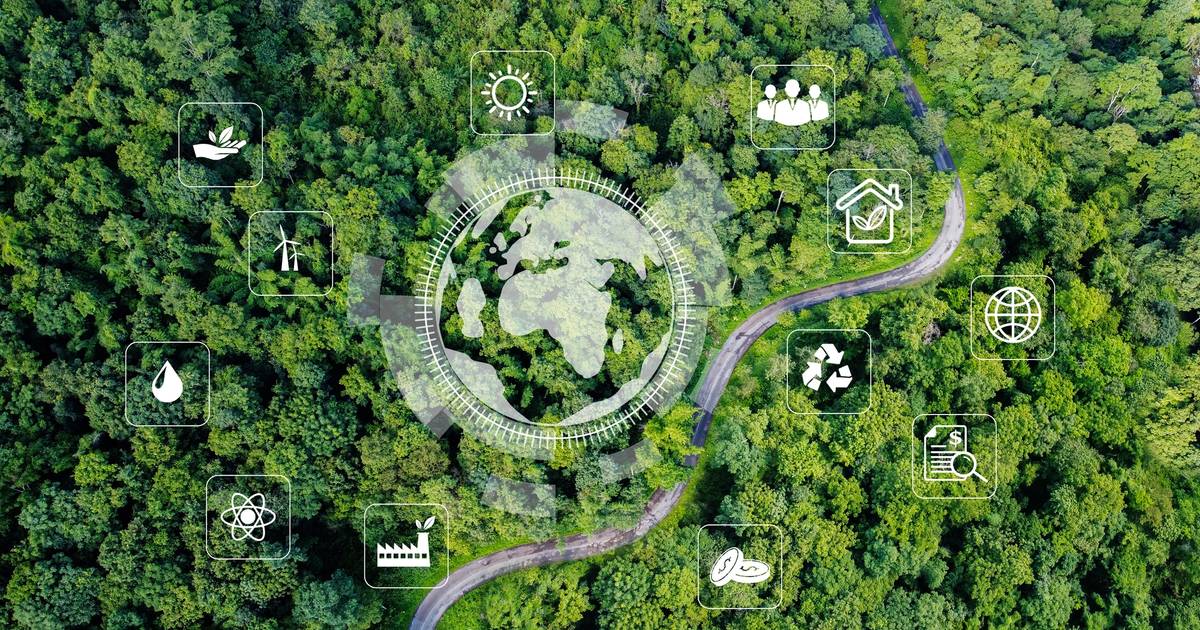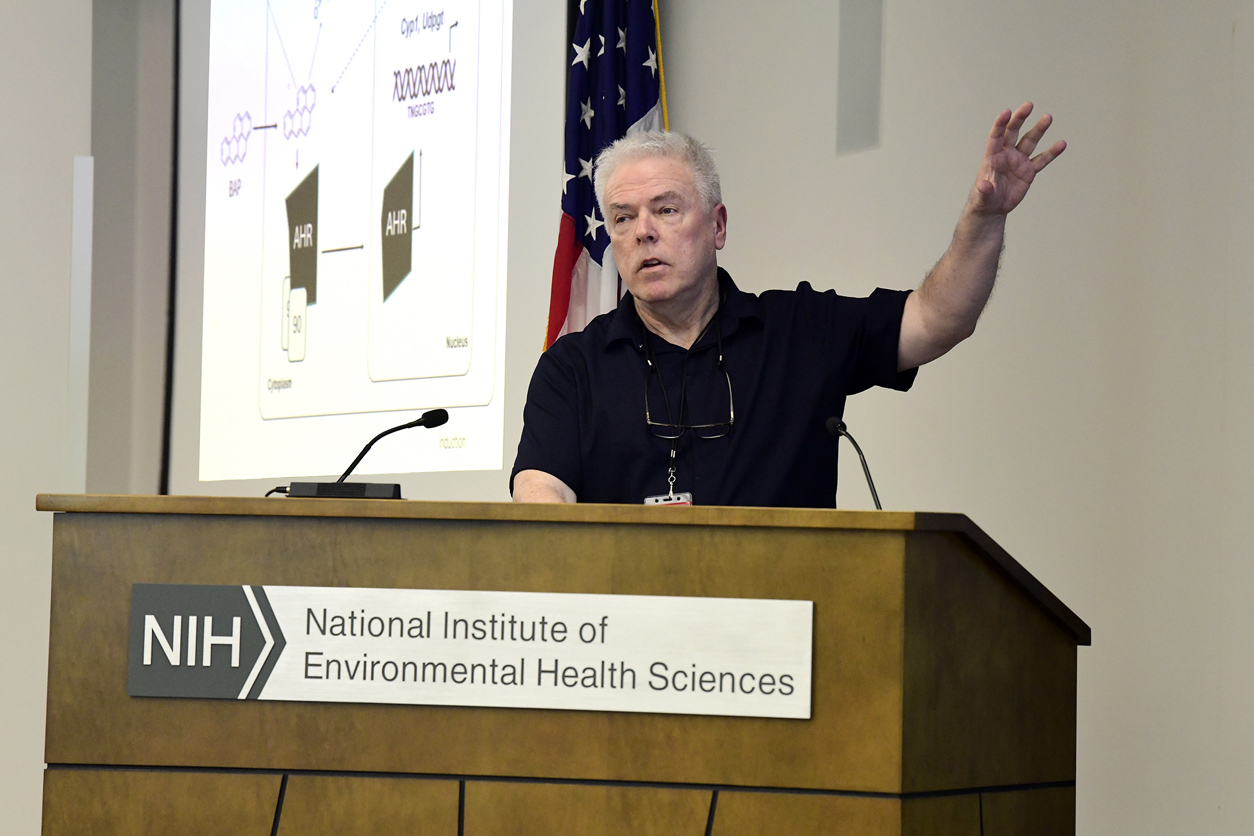Renewables met rise in global energy demand for first time ever, Ember report shows – Tech Brew

Report on Global Renewable Energy Growth and its Impact on Sustainable Development Goals
Executive Summary: A Milestone in Global Energy Transition
A recent report from the energy think tank Ember, utilizing data from 88 countries that constitute 93% of global energy demand, indicates a significant achievement in the pursuit of the Sustainable Development Goals (SDGs). For the first time, the growth in renewable energy generation has met and surpassed the increase in global electricity demand during the first half of this year. This development is a critical indicator of progress towards a sustainable energy future and climate action.
Advancements in SDG 7: Affordable and Clean Energy
The findings represent a landmark achievement for SDG 7, which calls for ensuring access to affordable, reliable, sustainable, and modern energy for all. The primary advancements include:
- Renewable sources successfully satisfied 100% of the new global electricity demand, preventing an increased reliance on fossil fuels to power growing economies and electrification.
- The share of renewable energy in the global energy mix has increased, directly addressing SDG Target 7.2.
- For the first time on record, renewable energy generation globally surpassed that of coal, marking a pivotal shift in the world’s primary energy sources.
Implications for SDG 13: Climate Action
The transition to renewables has direct and positive implications for SDG 13, which urges immediate action to combat climate change and its impacts. By meeting new demand with clean sources, the power sector is beginning to decouple growth from emissions.
- Emission Reduction: The displacement of fossil fuels, particularly coal, by renewables has led to a reduction in power sector emissions in key countries, including China and India.
- Decarbonization Pathway: This trend demonstrates a viable pathway for decarbonizing the energy sector, which is fundamental to achieving the global climate targets outlined in the Paris Agreement and integrated within SDG 13.
Regional Analysis and the Role of National Policy in Achieving SDGs
The report underscores the critical role of national policy in accelerating progress towards the SDGs, highlighting a significant divergence in outcomes between different regions.
China’s Contribution to SDG 9 and SDG 7
- China has been the primary driver of this global success, contributing 55% of the world’s new solar generation.
- This progress is attributed to strong government policies supporting green technology, which aligns with SDG 9 (Industry, Innovation, and Infrastructure) by fostering innovation and building resilient, sustainable infrastructure.
- By driving down the cost of solar panels and exporting the technology, China is also facilitating progress on SDG 7 in other nations.
United States Policy and SDG Performance
- In contrast, the United States did not meet its new energy demand with renewable growth during the same period.
- The nation experienced an increase in coal production and a rise in emissions, indicating challenges in aligning its energy trajectory with SDG 7 and SDG 13.
- The report suggests that inconsistent policy, including the phasing out of subsidies for solar and wind generation, can hinder the integration of renewable sources and delay progress on sustainable development targets.
Analysis of Sustainable Development Goals in the Article
1. Which SDGs are addressed or connected to the issues highlighted in the article?
-
SDG 7: Affordable and Clean Energy
This is the primary SDG addressed. The article focuses on the global shift towards renewable energy sources like solar and wind to meet “skyrocketing energy demand.” It highlights the milestone of “renewable energy met—and exceeded—the increase in energy demand globally for the first time ever,” which is central to achieving affordable and clean energy for all.
-
SDG 13: Climate Action
The article directly connects the transition to renewable energy with climate action. It states that when new demand is met with “clean sources, you stop adding—and maybe you start cutting down—emissions.” The mention of “lower emissions in some countries” and the fact that “Power sector emissions fell slightly in both China and India” explicitly links the energy transition to mitigating climate change.
-
SDG 9: Industry, Innovation, and Infrastructure
The article discusses the technological and industrial aspects of the energy transition. It points to China’s role in adding “55% of the world’s new solar generation” and “bring[ing] down solar panel pricing,” which relates to innovation and sustainable industrialization. The need to integrate these new energy sources into the grid is an infrastructure challenge central to this goal.
-
SDG 17: Partnerships for the Goals
The global nature of the energy transition is a key theme. The article mentions China’s “steady exports of the technology to other countries,” which is a form of technology transfer. The analysis itself is based on a report from Ember using “data from 88 countries,” underscoring the global cooperation needed to monitor and achieve these goals.
2. What specific targets under those SDGs can be identified based on the article’s content?
-
SDG 7: Affordable and Clean Energy
- Target 7.2: By 2030, increase substantially the share of renewable energy in the global energy mix. The article’s central theme—that renewable energy is meeting new global demand and overtaking coal—is a direct reflection of progress toward this target.
- Target 7.a: By 2030, enhance international cooperation to facilitate access to clean energy research and technology… and promote investment in energy infrastructure and clean energy technology. China’s role in reducing solar panel costs and exporting the technology is a clear example of actions that contribute to this target.
-
SDG 13: Climate Action
- Target 13.2: Integrate climate change measures into national policies, strategies and planning. The article contrasts the effectiveness of different national policies. It highlights “China’s solar dominance is the result of government policies supportive of green tech,” while noting that in the US, “policy around renewables has been disjointed,” leading to an increase in emissions. This directly addresses the importance of integrating climate measures into national policy.
3. Are there any indicators mentioned or implied in the article that can be used to measure progress towards the identified targets?
-
Indicators for SDG 7 (Affordable and Clean Energy)
- Share of renewable energy: The article provides several qualitative and quantitative indicators for Target 7.2. These include the facts that “renewable energy met—and exceeded—the increase in energy demand globally,” and “renewable energy generation also overtook coal generation.”
- Investment and technology transfer: For Target 7.a, the article implies indicators such as the falling price of solar panels and the volume of “steady exports of the technology to other countries” from China.
-
Indicators for SDG 13 (Climate Action)
- Greenhouse gas emissions: The article directly mentions changes in emissions as an indicator. It states that the shift to renewables led to “lower emissions in some countries” and that “Power sector emissions fell slightly in both China and India,” while in the US, “emissions rose.”
- National policies and strategies: As an indicator for Target 13.2, the article points to the existence (or lack) of supportive government policies. It cites “government policies supportive of green tech” and subsidies under the “Inflation Reduction Act” as positive indicators, and the phasing out of these subsidies as a negative one.
SDGs, Targets, and Indicators Summary
| SDGs | Targets | Indicators Identified in the Article |
|---|---|---|
| SDG 7: Affordable and Clean Energy |
7.2: Increase substantially the share of renewable energy in the global energy mix.
7.a: Enhance international cooperation and promote investment in clean energy technology. |
|
| SDG 13: Climate Action | 13.2: Integrate climate change measures into national policies, strategies and planning. |
|
| SDG 9: Industry, Innovation, and Infrastructure | 9.4: Upgrade infrastructure and retrofit industries to make them sustainable. |
|
| SDG 17: Partnerships for the Goals | 17.6 & 17.7: Enhance cooperation on and access to science, technology and innovation, and promote the development and transfer of environmentally sound technologies. |
|
Source: emergingtechbrew.com
What is Your Reaction?
 Like
0
Like
0
 Dislike
0
Dislike
0
 Love
0
Love
0
 Funny
0
Funny
0
 Angry
0
Angry
0
 Sad
0
Sad
0
 Wow
0
Wow
0















































/environment-climate-change-and-health-(ech)/water-sanitation-hygiene-and-health-(wsh)/landfill-tuvalu-36092.tmb-1200v.jpg?sfvrsn=5c21fe40_1#)


.jpg.webp?itok=0ZsAnae9#)

























